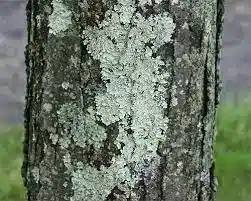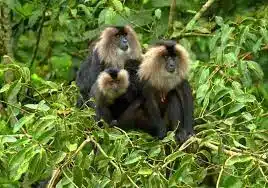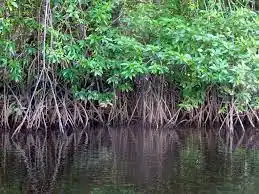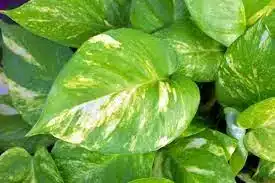Important Natural Indicators of Air Pollution
WHEN the birds stop chirping and go into hiding, you can expect a storm. When the ants begin to march, you know rain is on its way. In the same manner, some species of plants and animals behave in ways that warn of possible environmental damage — as “early warning systems” or “bio-indicators” of pollution.
Lichens
Lichens are plants that can be used as natural indicators of air pollution, as they inform us about the concentration of sulphur dioxide in the air. They usually grow on rocks, and tree barks. Since they absorb all the necessary nutrients from rainwater, pollutants such as sulphur dioxide can effectively inhibit their growth. Therefore, lichens are natural indicators of air pollution which can be measured by evaluating their condition:
- bushy lichens mean that the air quality is good,
- leafy lichens are able to survive in slightly polluted areas,
- crusty lichens grow in more polluted areas.

If air is very badly polluted with sulfur dioxide there may be no lichens present, just green algae may be found. If the air is clean, shrubby, hairy and leafy lichens become abundant. This is the reason lichens are widely used as environmental indicators or bio-indicators.
Algae
Aerial or sub-aerial algae would also be ideal as indicators of air pollution because of ease of handling, range
of species specific sensitivity which is greater than in higher plants and much quicker physiological responses to air
chemistry than occur in high plants.
Bryophytes
Bryophytes are powerful pollution indicators of air quality on the grounds that they have no roots, no fingernail skin, and acquire all their supplements from immediate introduction to the climate. Their high surface region to volume ratio further supports the theory of their use as a bio indicator, or supports their ability to capture contaminates from the air.
Tree
- The leaves of Bogainvillea, mango and litchi plants in polluted areas showed a reduction in chlorophyll content, and a change in the structure of their stomata — tiny openings on the undersurface of leaves, through which plants breathe and transpire.
- In the case of the mango, the stomata was found blocked at the junction of the stomata and the guard cells — cells that aid in the opening and closing of these tiny entrances — and the number of stomata and leaf surface cells were 31-33 per cent less than those in plants at non-polluted sites.
- Pine tree barks and needles acts as indicators of different degrees of heavy metal pollution (Urban, Industrial, highway) concentrations e.g. lead (pb), zinc (Zn), nickel (Ni), cromium (Cr) e.g. Turkish red pine (Pinus brutia Ten.), Italian stone pine (Pinus Pinea L.), Australian pine (Pinus nigra) etc.
Honey Bee
Honey bee is an efficient pollution indicator that reacts quickly to various external factors likely to be used to determine environmental quality. As a consequence of atmospheric nuclear testing, bee has been monitored as an indicator of radionuclide strontioum 90 in the environment. But in cases of environmental pollution, existing problem in the environment is monitored by determining the traces in plant and animal origins along with honey bees and humans.
Birds
Birds as air and noise pollution indicators, indicates environmental contaminants which are widely distributed in the ecosystem, sensitive to toxins and high on the food chain. Birds are easily getting short lived species after disturbance in their habitat and some air pollution activities may affect with physiological changes.
- A key character of appropriate pollution indicators like bat is to respond to alterations in an ecosystem, e.g. the ones in drought, agricultural practices, urbanization, light pollution and heavy metals.
- Pigeons as an indicator species for monitoring air pollution and heavy metals like Zn, Pb causes DNA damage and traces of which is found in kidney, lung, liver and blood of pigeons e.g. Wild pigeons.
Also refer
- MCQs on Air Pollution
- Important Science MCQs For Competitive Exams
- For Environment Study Materials, Click Here.
- Download PDF on MCQs of Water Pollution.








